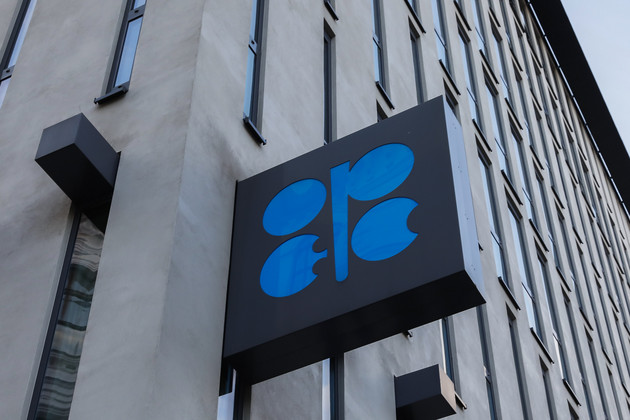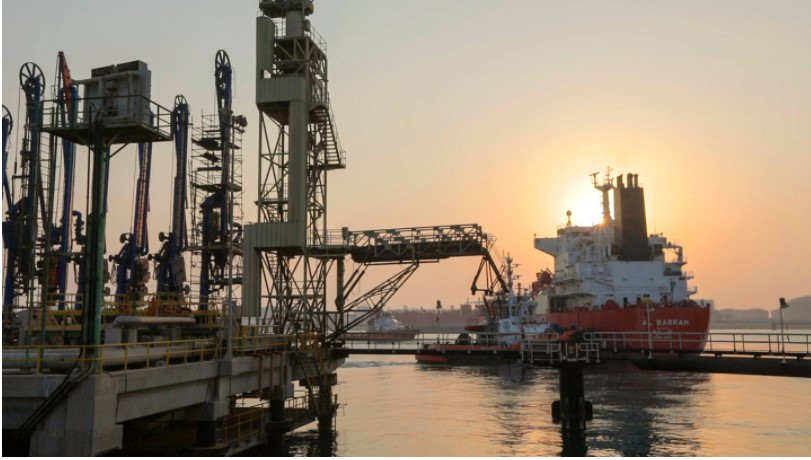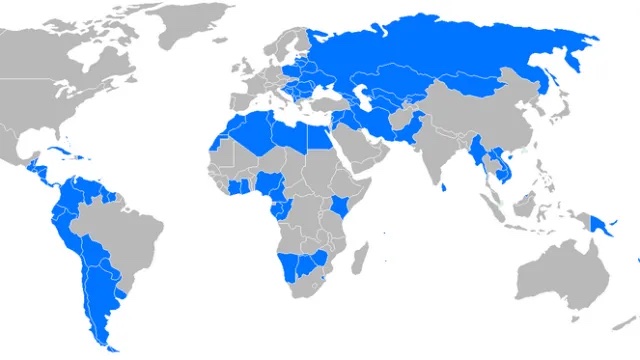A Closer Look At Trends Impacting The Kingdom
Capital flight from Saudi Arabia has contributed to the sizeable decline in official reserves. Recent balance of payments data from SAMA, for the first half of 2017, suggest that capital outflows have accelerated compared with the same period of last year.
We expect the current account balance to shift from a deficit of 4.3% of GDP in 2016 to a surplus of 3.1% in 2017, but the official reserves will decline further, albeit at lower pace to $483 billion by end-2017 (equivalent to 73% of GDP). The considerable squeeze in import spending, both in nominal and volume terms, has partly offset the sharp decline in exports of oil in 2015 and 2016.
We project exports to increase by 23% in 2017 helped by the gradual recovery in oil prices. Imports are projected to continue declining as growth in the non-oil economy has slowed to a crawl. While the trade surplus is projected to increase to $99 billion, the current account surplus will be much smaller, at $21 billion, due to the large deficits in services, income, and transfers balances.
We expect the deficit in financial account to far exceed the current account surplus. While nonresident capital inflows have improved with the issuance of $21.5 billion in international bond to finance the fiscal deficit, resident capital outflows, including errors and omissions, are likely to peak at $101 billion in 2017.
The acceleration in capital outflows could be explained by several factors including domestic political uncertainty, escalation of tensions with Iran, low oil prices, and slowdown in economic activity. Nonetheless, net international financial position remains at very comfortable levels.
In addition to the official reserves, at $493 billion in October 2017, the kingdom holds assets valued at about $200 billion with the Public Investment Fund (the sovereign wealth fund). Therefore, total public foreign assets slightly exceed the kingdom’s GDP
There has been a spike in nonbank private sector outflows, largely in the form of deposits with BIS reporting banks, investment in foreign equities, and real estate.
Foreign currency deposits in Saudi banks have declined from a peak of $48.5 billion, representing 11% of total deposits, to $34.4 billion in September 2017.
About Garbis Iradian
Based in Washington, D.C. as chief economist for the Middle East and North Africa Department with the Institute of International Finance (IIF), Garbis Iradian focuses his work and research on Morocco, Egypt, Lebanon and the United Arab Emirates (UAE). He received his BBA and MBA from the American University of Beirut, and his PhD in economics with an emphasis on macroeconomics and econometrics from the University of Freiburg, Germany. He is fluent in Arabic, English, French and German and has published several articles and working papers, including: “What Explains the Rapid Growth in Transition Economies”, and IMF staff paper, November 2009.








